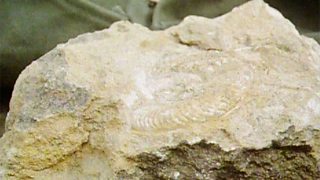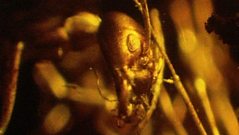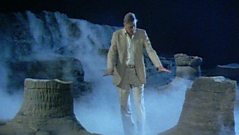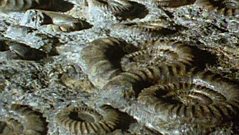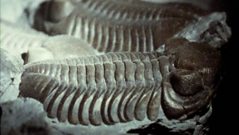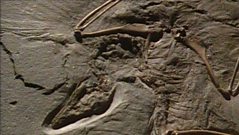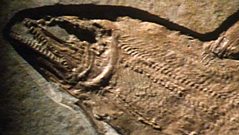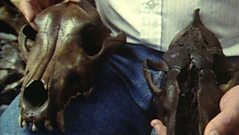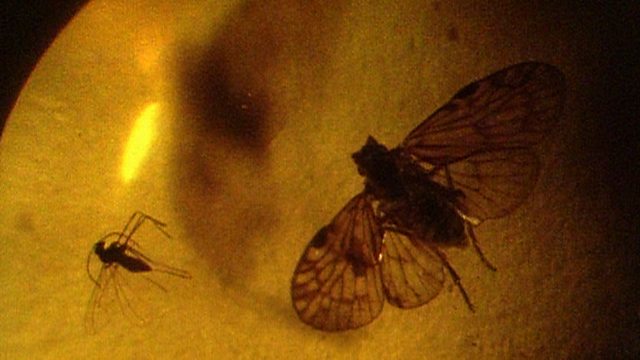
How amber forms
These tiny creatures are imprisoned in amber, a hard, stony substance that is found in lumps in mudstones and sandstones. Who can doubt that these - so complete in every bristle and antenna - are truly ants, scorpions and flies. How did they get there? Amber was once liquid and sticky: resin trickling down the trunks of trees that grew in swamps some 30 million years ago. Insects were attracted, then as now, but its sweet smell and flew or crawled towards it - with fatal results. The resin gradually hardened into solid lumps. Eventually the tree itself died, and the long slow processes that lead to fossilisation began. Mud and sand washed in by the sea slowly settled on the resin lumps and buried them. As millions of years passed, the layers of sediment were compressed and compacted under their own weight and turned into mudstones and sandstones.
Duration:
This clip is from
Featured in...
![]()
大象传媒 Nature
Be captivated, informed and inspired by the world's wildlife.
More clips from Magic in the Rocks
-
![]()
Amber treasure
Duration: 02:42
-
![]()
Mud fossils
Duration: 00:50
-
![]()
Petrified trees
Duration: 03:17
-
![]()
Fossil folklore
Duration: 01:00
More clips from Lost Worlds, Vanished Lives
-
![]()
Trilobite types—Putting Flesh on Bone
Duration: 02:30
-
![]()
Missing link—The Rare Glimpses
Duration: 02:28
-
![]()
Limestone legacy—The Rare Glimpses
Duration: 03:17
-
![]()
Fossil analysis—The Rare Glimpses
Duration: 01:49
